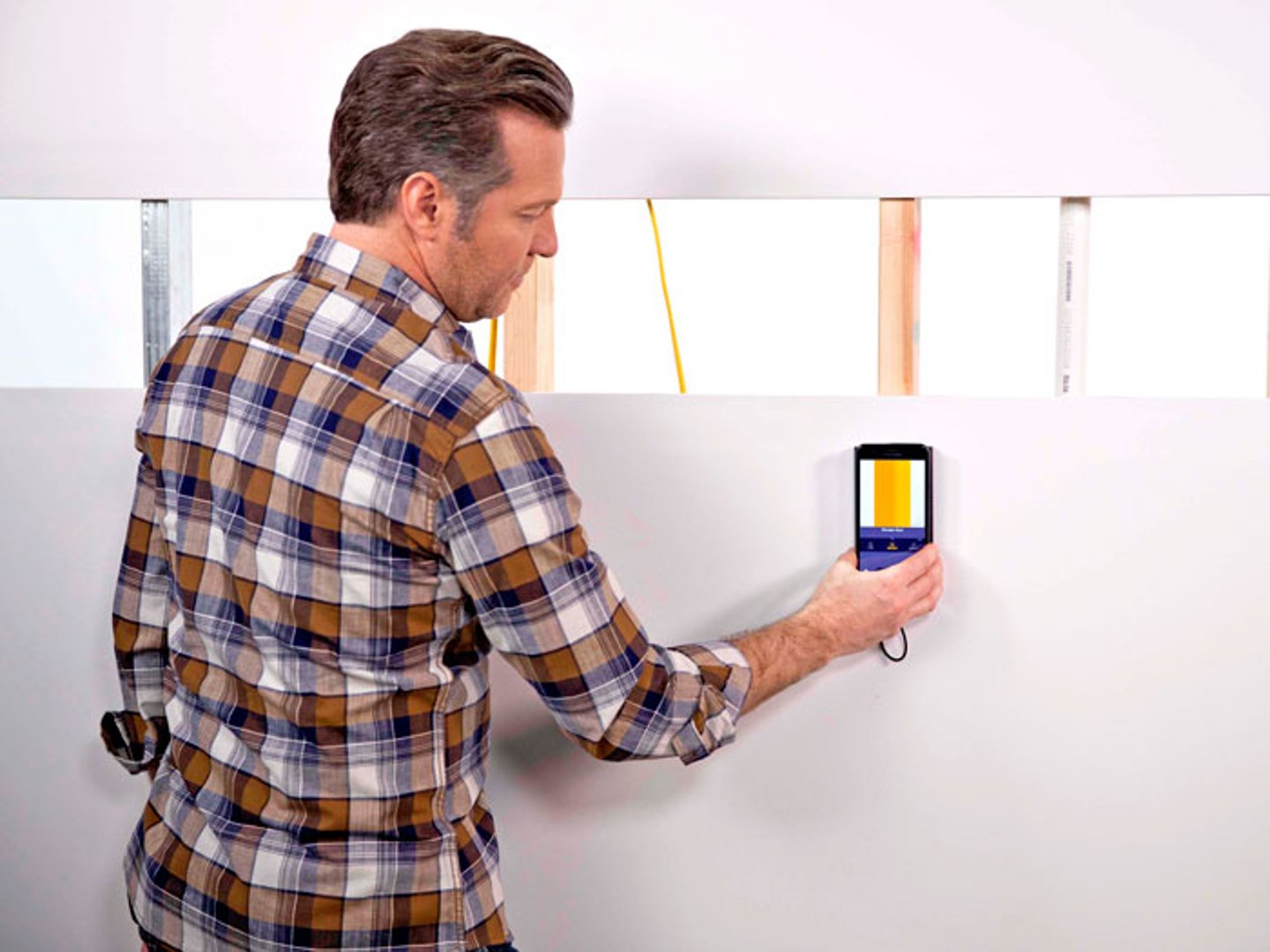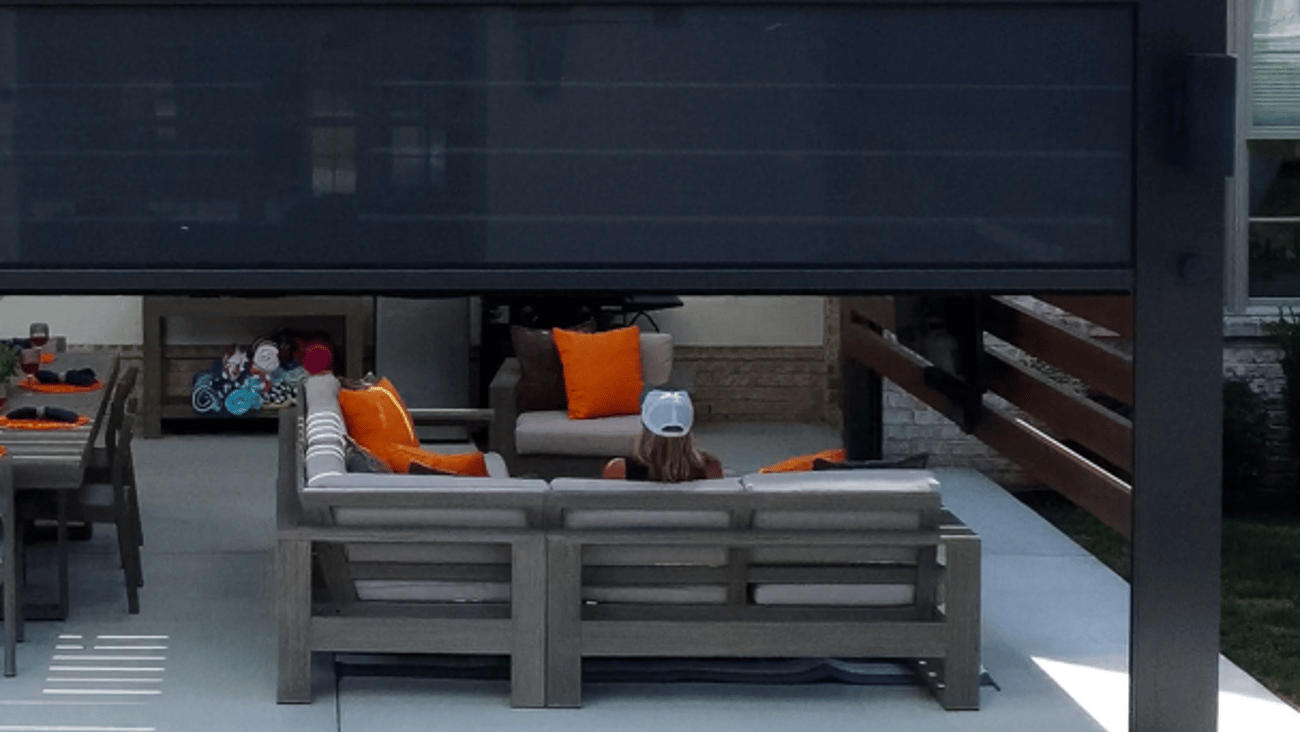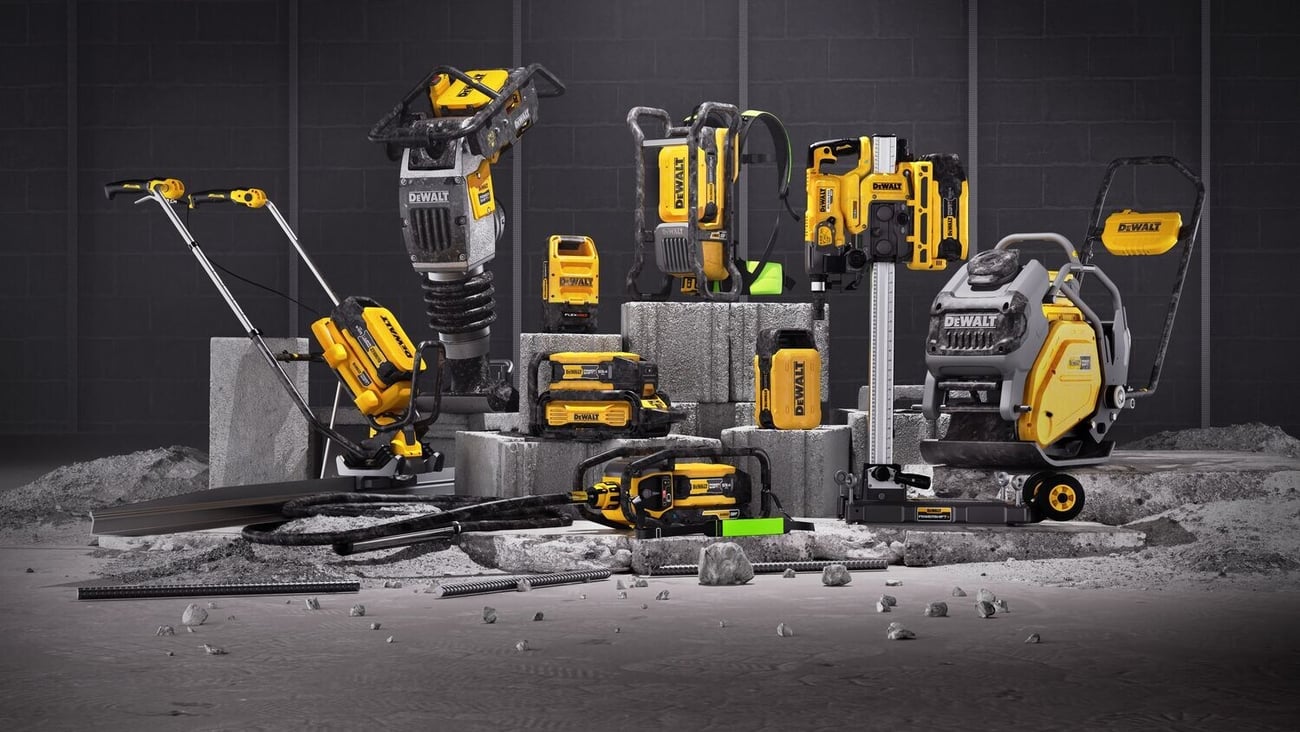Walabot DIY Plus expands on ‘Superman vision’
Wall scanner sees through dense materials including drywall, concrete.
Vayyar Imaging, the 3D imaging technology supplier, has introduced the Walabot DIY Plus.
The powerful wall scanner is the latest in the Walabot product line. Walabot DIY Plus expands on the functionality of its predecessor to see through even the most dense materials, such as lath and plaster, as well as drywall and concrete.
 With Walabot DIY Plus, Vayyar brings its “Superman vision” to every homeowner, providing a visual map of everything inside the wall, including metal and wooden studs, pipes, wires and even rodents.
With Walabot DIY Plus, Vayyar brings its “Superman vision” to every homeowner, providing a visual map of everything inside the wall, including metal and wooden studs, pipes, wires and even rodents.
Walabot DIY Plus easily attaches to an Android phone (with OS 6.0 and above and OTG) and is controlled via the free app in the Google Play Store. The device features a new product casing with easy slide strips that allow for smooth scanning of your walls, no matter the surface type, and a software upgrade that includes enhanced wall scanning accuracy.
The device is powered by Vayyar’s proprietary radio-wave based sensors, which make it possible to see up to four inches beneath a wall’s surface to create an accurate 3D map of what’s inside the wall in real-time.
The powerful wall scanner is the latest in the Walabot product line. Walabot DIY Plus expands on the functionality of its predecessor to see through even the most dense materials, such as lath and plaster, as well as drywall and concrete.
 With Walabot DIY Plus, Vayyar brings its “Superman vision” to every homeowner, providing a visual map of everything inside the wall, including metal and wooden studs, pipes, wires and even rodents.
With Walabot DIY Plus, Vayyar brings its “Superman vision” to every homeowner, providing a visual map of everything inside the wall, including metal and wooden studs, pipes, wires and even rodents.Walabot DIY Plus easily attaches to an Android phone (with OS 6.0 and above and OTG) and is controlled via the free app in the Google Play Store. The device features a new product casing with easy slide strips that allow for smooth scanning of your walls, no matter the surface type, and a software upgrade that includes enhanced wall scanning accuracy.
The device is powered by Vayyar’s proprietary radio-wave based sensors, which make it possible to see up to four inches beneath a wall’s surface to create an accurate 3D map of what’s inside the wall in real-time.




